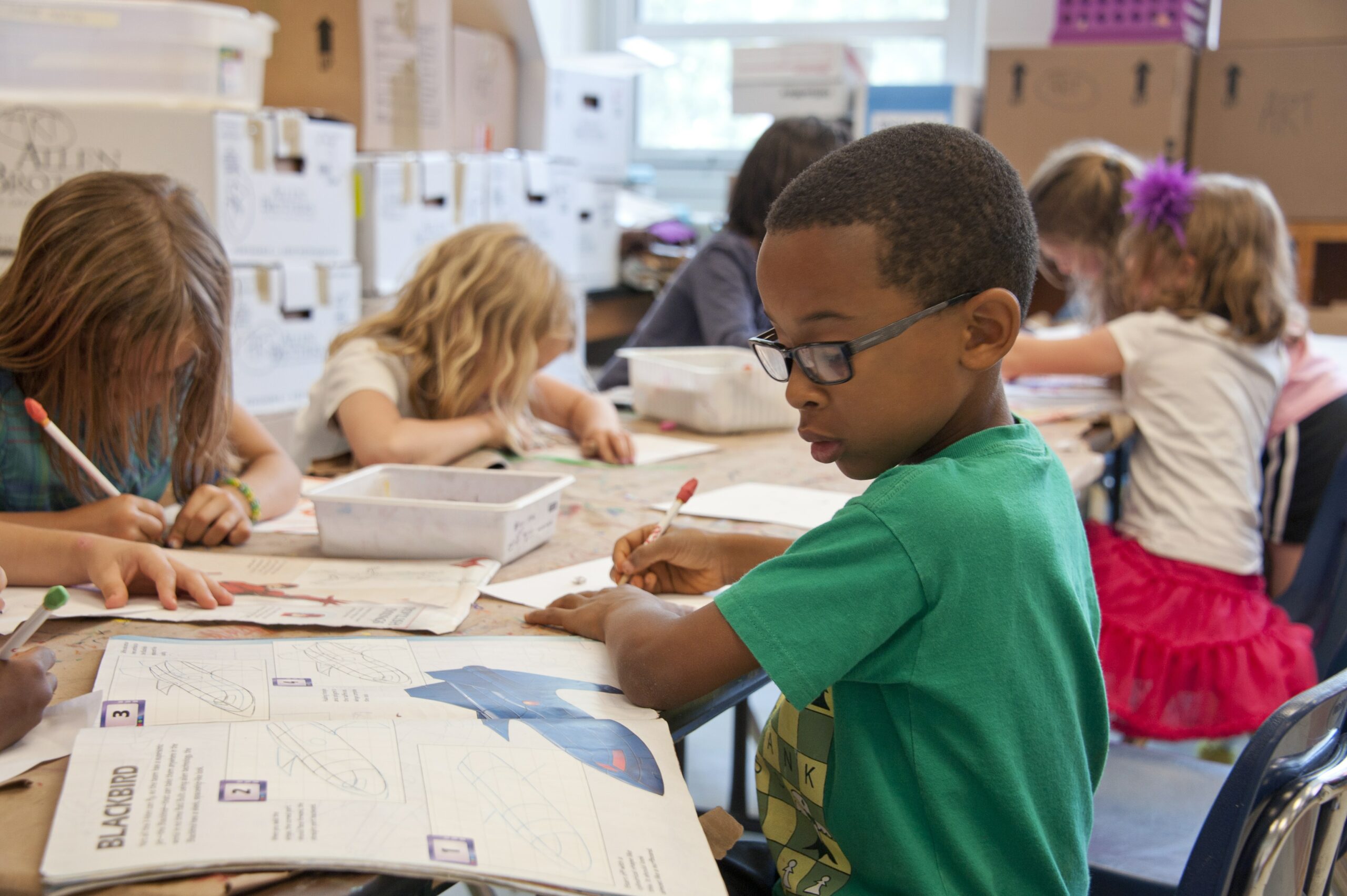 Kids are back in school again and most educators are acutely aware of the potential social emotional needs of students. The past few years have been very challenging for many teachers. Anxiety, social insecurities, inability to focus, distractions coming from many angles were worse than prepandenmic times. How can teachers give students the opportunity to stay present, grounded, feel accepted, and focus on learning? One simple and free way is by using The Imagine Project.
Kids are back in school again and most educators are acutely aware of the potential social emotional needs of students. The past few years have been very challenging for many teachers. Anxiety, social insecurities, inability to focus, distractions coming from many angles were worse than prepandenmic times. How can teachers give students the opportunity to stay present, grounded, feel accepted, and focus on learning? One simple and free way is by using The Imagine Project.
Emotional support through writing
The Imagine Project is a writing tool that gives kids an opportunity to talk about issues that are bothering them; a difficult life event or a stressful situations they’ve experienced recently or in the past. This is done by having students K-12 write their story using Imagine to begin every sentence. They follow a 7-step simple writing process that’s in a journal format. The journals can be downloaded (for free) at www.theimagineproject.org. The beautiful part of this writing process is in Step 4 where the writer is asked to Imagine a new, more positive version of their story—helping them shift to a positive mindset, giving them the social emotional support to move forward and learn.
How to begin
Students can begin the first few weeks of school by writing a story about coming back to school—their worries, hopes, and dreams. They can keep an Imagine journal and write it in often, on their own or together in the classroom; particularly when there is an emotional event in their lives, classroom, school, or in the world. Using this process often teaches students a tool they can use whenever needed as difficult life circumstances occur. It also helps to create a relationship between the teacher and student, and even with other students.
Social Emotional support in the classroom
When classrooms do The Imagine Project together and read their stories out loud to each other, empathy and camaraderie are created. Kids hear that they aren’t alone in their experiences and they feel a sense of relief in telling their story, and a sense that they’ve been heard. It’s a remarkable and beautiful process to watch students in a classroom come together and support one another. Relationships are critical for our social emotional health, as is self-expression. The Imagine Projecthelps promote both of these. Watch here to teachers and students talking about using The Imagine Project in their classrooms.
Student Stress
When a student is experiencing stress (past or present) it’s difficult for them to make friends, focus, and learn in school. Giving them a simple process (that meets many core standards and can be incorporated into many lessons plans) will support their social emotional needs and growth–something students need now more than ever. To learn more and get started go to The Imagine Project Getting Started page. If you recognize the value of social emotional support for students as students go back to school and throughout the school year, you will love The Imagine Project!
For those who’s child is in college, Click here to read a wonderful blog about Mental Health in College: A Guide for Students and Families.
Thank you,
Dianne
Dianne is the founder and CEO of The Imagine Project, Inc., a nonprofit organization that helps children K-12 (and adults) process and heal from difficult life circumstances through expressive writing. Dianne has her Masters in Psychiatric/Mental Health Nursing, is a thought leader in stress and trauma in children, has written multiple award winning books including The Imagine Project: Empowering Kids to Rise Above Drama, Trauma, and Stress. She is an international speaker, lives in Colorado and has 3 grown children. Learn more about The Imagine Project at www.theimagineproject.org.

 In my fifth grade classroom during the peak COVID era—a hugless year of masks, social distancing and hand sanitizer, I had a student named Chloe (watch her video
In my fifth grade classroom during the peak COVID era—a hugless year of masks, social distancing and hand sanitizer, I had a student named Chloe (watch her video 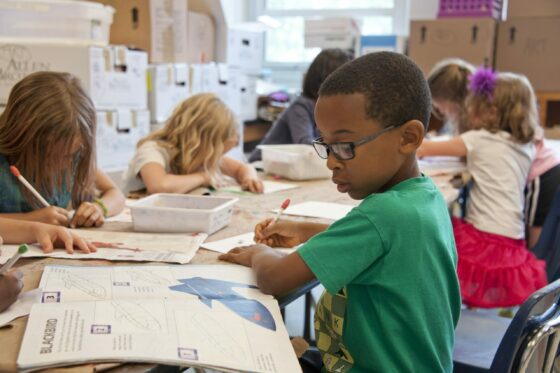 It’s back to school time again and most educators are acutely aware of the potential social emotional needs of students. Last school year was a challenging year for many teachers. Anxiety, social insecurities, inability to focus, distractions coming from many angles were worse than prepandenmic times. How can teachers give students the opportunity to stay present, grounded, feel accepted, and focus on learning? One simple and free way is by using
It’s back to school time again and most educators are acutely aware of the potential social emotional needs of students. Last school year was a challenging year for many teachers. Anxiety, social insecurities, inability to focus, distractions coming from many angles were worse than prepandenmic times. How can teachers give students the opportunity to stay present, grounded, feel accepted, and focus on learning? One simple and free way is by using 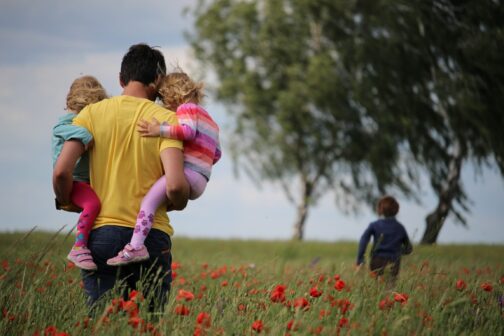
 Is Your Child Stressed?
Is Your Child Stressed? Most adults and children feel anxiety at some point in their lives. Unfortunately, the incidence of anxiety has increased over the last decade, and dramatically increased since the pandemic began. Anxiety is evoked by a change in life’s normal patterns or new unexpected events, challenging experiences, watching social media, even pressure from work, school, parents, friends, and family. Children may feel more anxiety because of changes in classrooms, life’s developmental challenges, feeling left out, too much pressure from family or school, and/or confusion about how life is supposed to work as they watch social media and new experiences of life unfold around them.
Most adults and children feel anxiety at some point in their lives. Unfortunately, the incidence of anxiety has increased over the last decade, and dramatically increased since the pandemic began. Anxiety is evoked by a change in life’s normal patterns or new unexpected events, challenging experiences, watching social media, even pressure from work, school, parents, friends, and family. Children may feel more anxiety because of changes in classrooms, life’s developmental challenges, feeling left out, too much pressure from family or school, and/or confusion about how life is supposed to work as they watch social media and new experiences of life unfold around them. Gratitude is so simple, yet most people overlook its amazing benefits. Dr. David Hamilton, author of Why Kindness is Good for You, writes, “Gratitude is a mark of being kind to life by being aware of all that is around us, and when we are grateful, we acknowledge the people and situations in our life and express thanks for them.” We teach our children to say “thank you,” but it’s also important to model and teach them to see gratitude as a key philosophy of life. Seeing and feeling gratitude every day is one key to being resilient and successful.
Gratitude is so simple, yet most people overlook its amazing benefits. Dr. David Hamilton, author of Why Kindness is Good for You, writes, “Gratitude is a mark of being kind to life by being aware of all that is around us, and when we are grateful, we acknowledge the people and situations in our life and express thanks for them.” We teach our children to say “thank you,” but it’s also important to model and teach them to see gratitude as a key philosophy of life. Seeing and feeling gratitude every day is one key to being resilient and successful.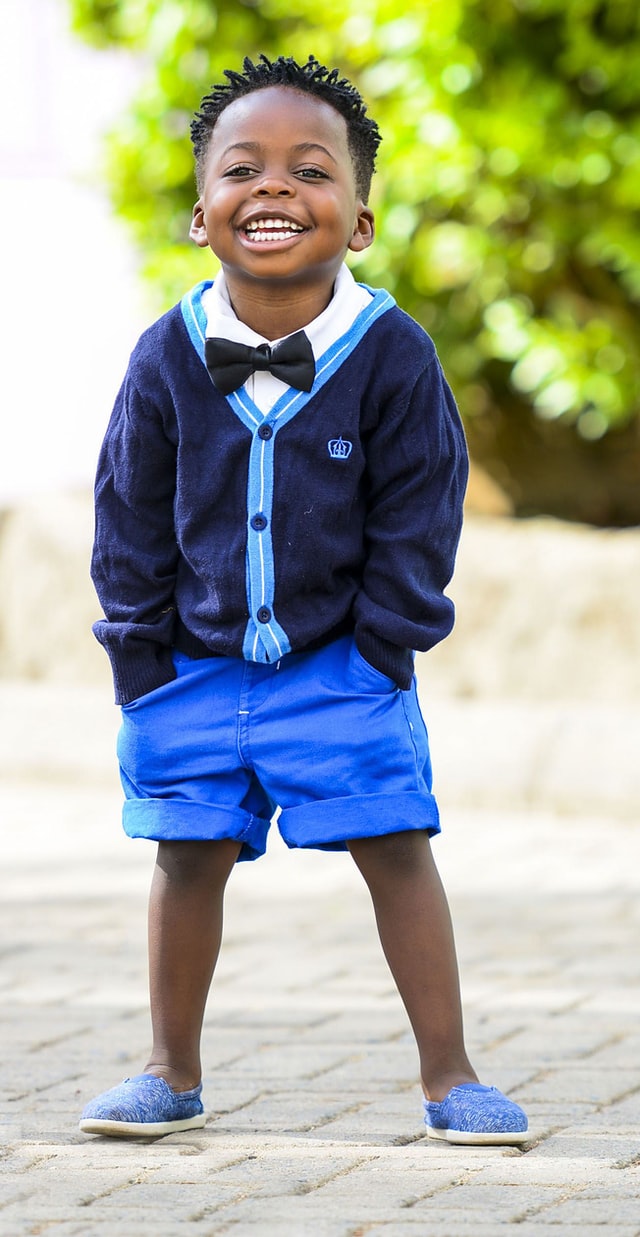
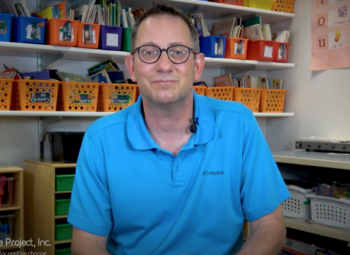 It’s back to school time 2021 style and it’s just plain stressful for students, teachers, parents, and admin. The reasons are obvious and endless. I feel for all of those dealing with these unique and yet common stressors in schools.
It’s back to school time 2021 style and it’s just plain stressful for students, teachers, parents, and admin. The reasons are obvious and endless. I feel for all of those dealing with these unique and yet common stressors in schools.